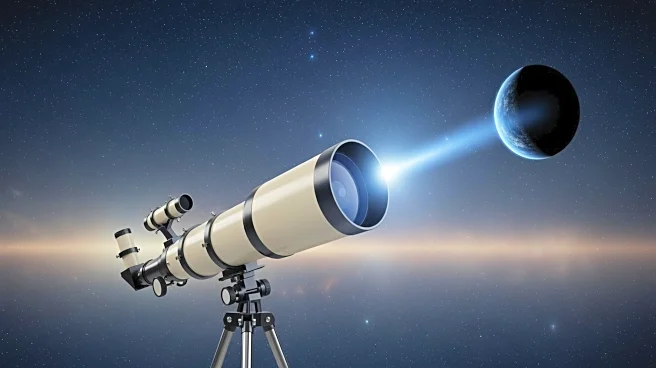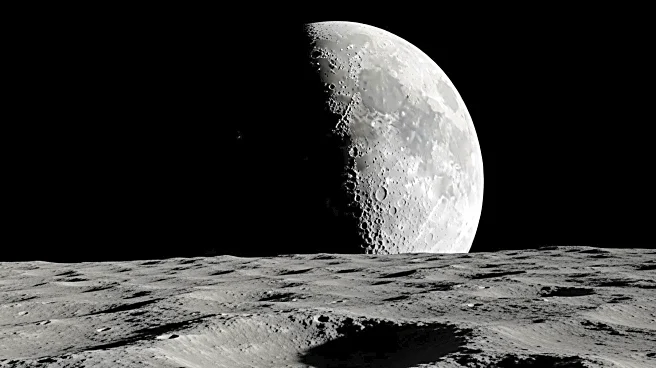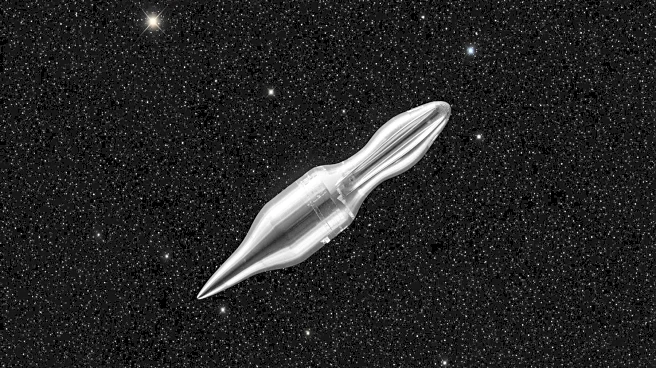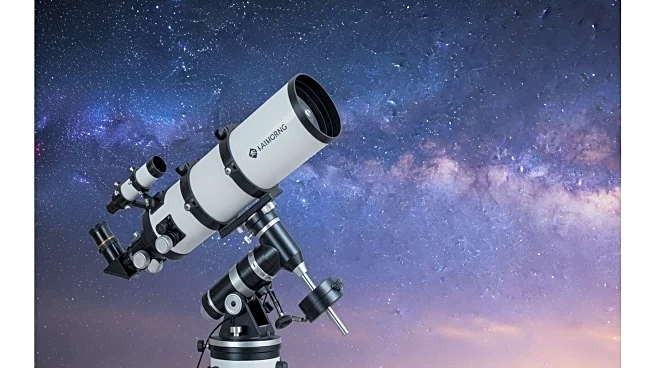What's Happening?
On October 25, 1671, Giovanni Cassini, the director of the Paris Observatory, discovered Saturn's moon Iapetus using a 34-foot Campani refractor. Cassini's observations revealed that Iapetus exhibited variable brightness across its orbit, leading him
to deduce its bimodal albedo and tidal locking with Saturn. This discovery marked the second Saturnian moon identified after Christiaan Huygens' discovery of Titan in 1655. Cassini's work significantly expanded the catalog of known Saturnian satellites, including the moons Rhea, Dione, and Tethys. His observations suggested that Iapetus's dark hemisphere might be due to surface hydrocarbon eruptions or the accretion of detritus from the moon Phoebe.
Why It's Important?
Cassini's discovery of Iapetus was a pivotal moment in the field of astronomy, enhancing the understanding of celestial bodies and their characteristics. The identification of Iapetus and subsequent Saturnian moons contributed to the broader knowledge of planetary systems and their dynamics. Cassini's work laid the groundwork for future astronomical research, influencing the study of tidal locking and albedo variations. The discovery also underscored the importance of advanced observational instruments, such as the Campani refractor, in expanding scientific knowledge. Cassini's contributions continue to impact the study of planetary moons and their interactions with their parent planets.
What's Next?
Cassini's discoveries set the stage for continued exploration and study of Saturn's moons. Future research may focus on understanding the geological and chemical processes affecting Iapetus's surface, particularly the role of hydrocarbons and detritus from Phoebe. Advances in technology and observational techniques could provide deeper insights into the moon's composition and its interaction with Saturn. The ongoing study of Saturn's moons remains a key area of interest for astronomers, with potential implications for understanding similar celestial bodies in other planetary systems.
Beyond the Headlines
Cassini's work highlights the intersection of scientific inquiry and technological advancement. The use of the Campani refractor exemplifies how instrumental innovation can drive discoveries in astronomy. Cassini's career serves as a testament to the enduring impact of meticulous observation and analysis in expanding human knowledge of the universe. The discovery of Iapetus and other Saturnian moons continues to inspire astronomers to explore the complexities of planetary systems and their satellites.













